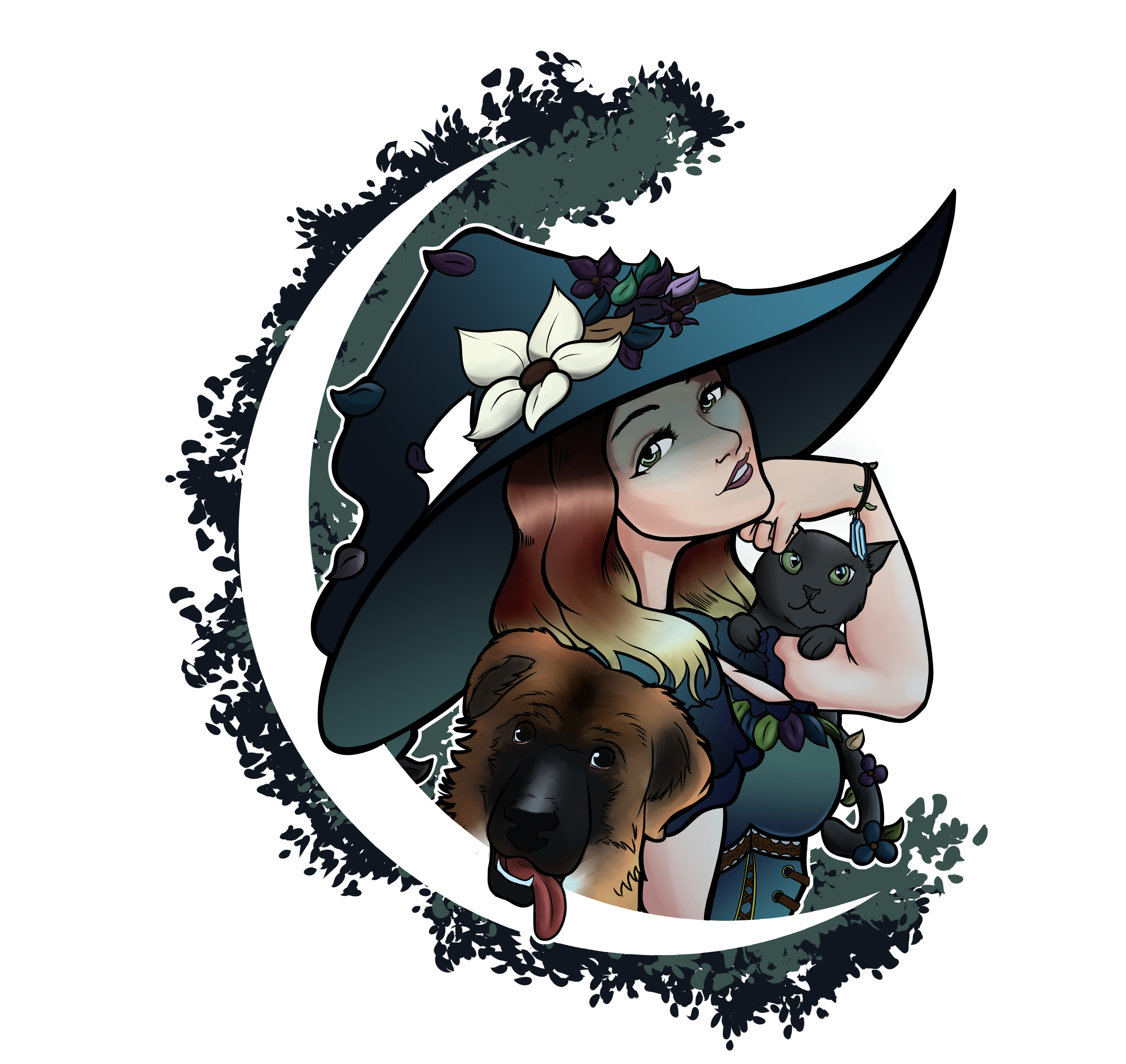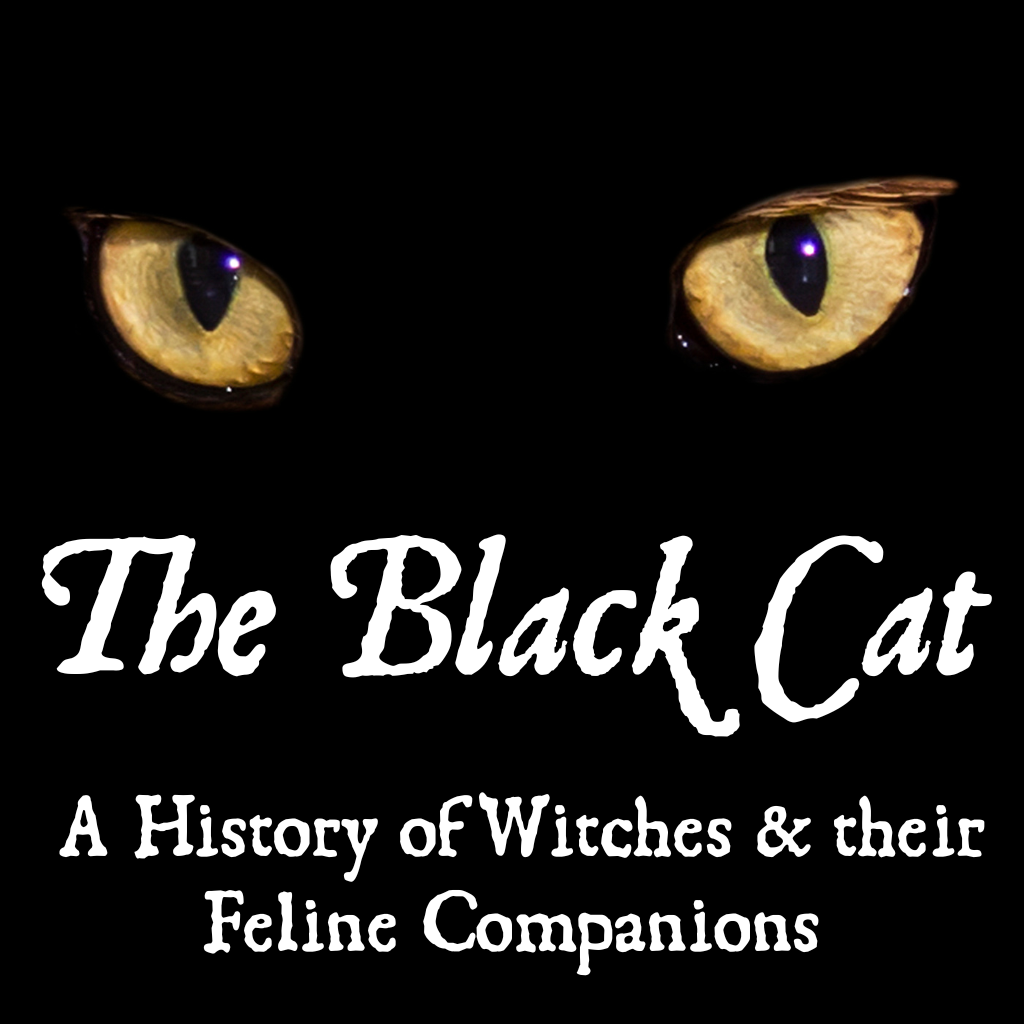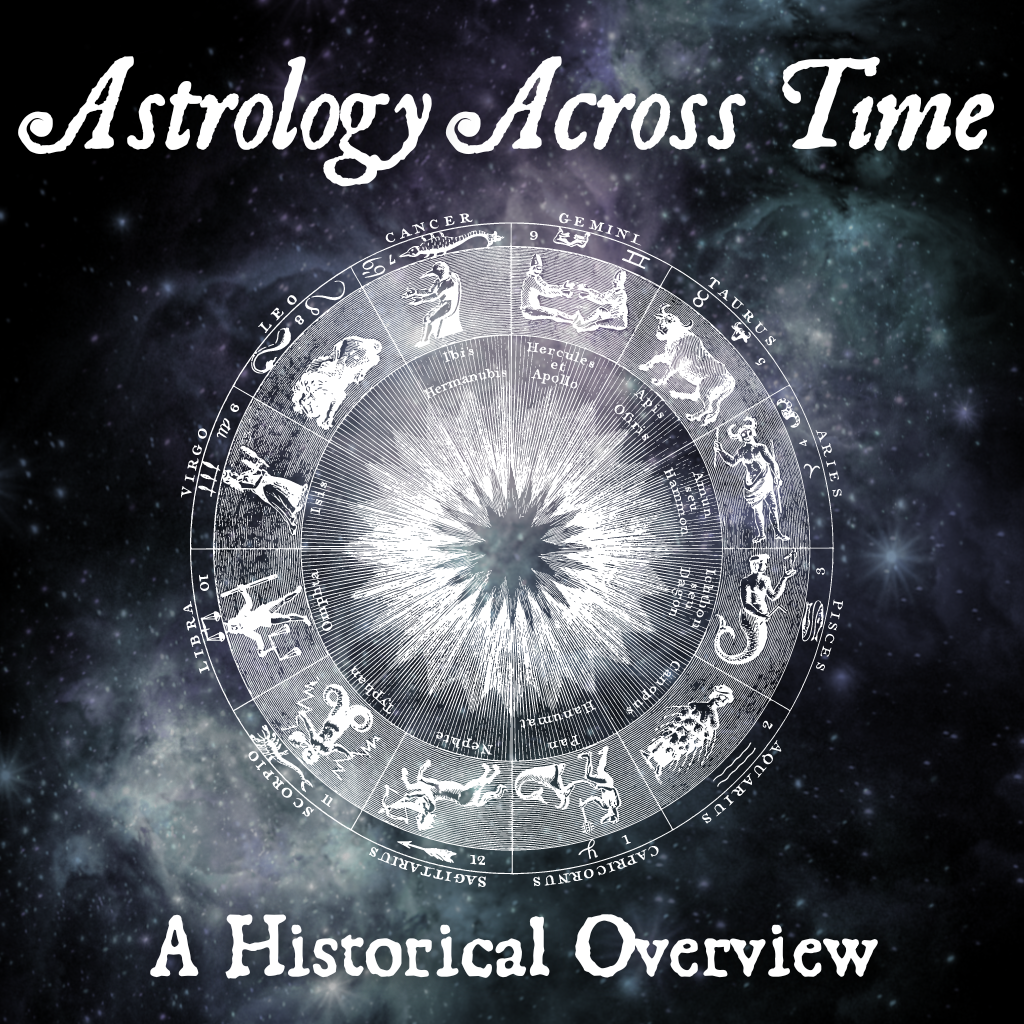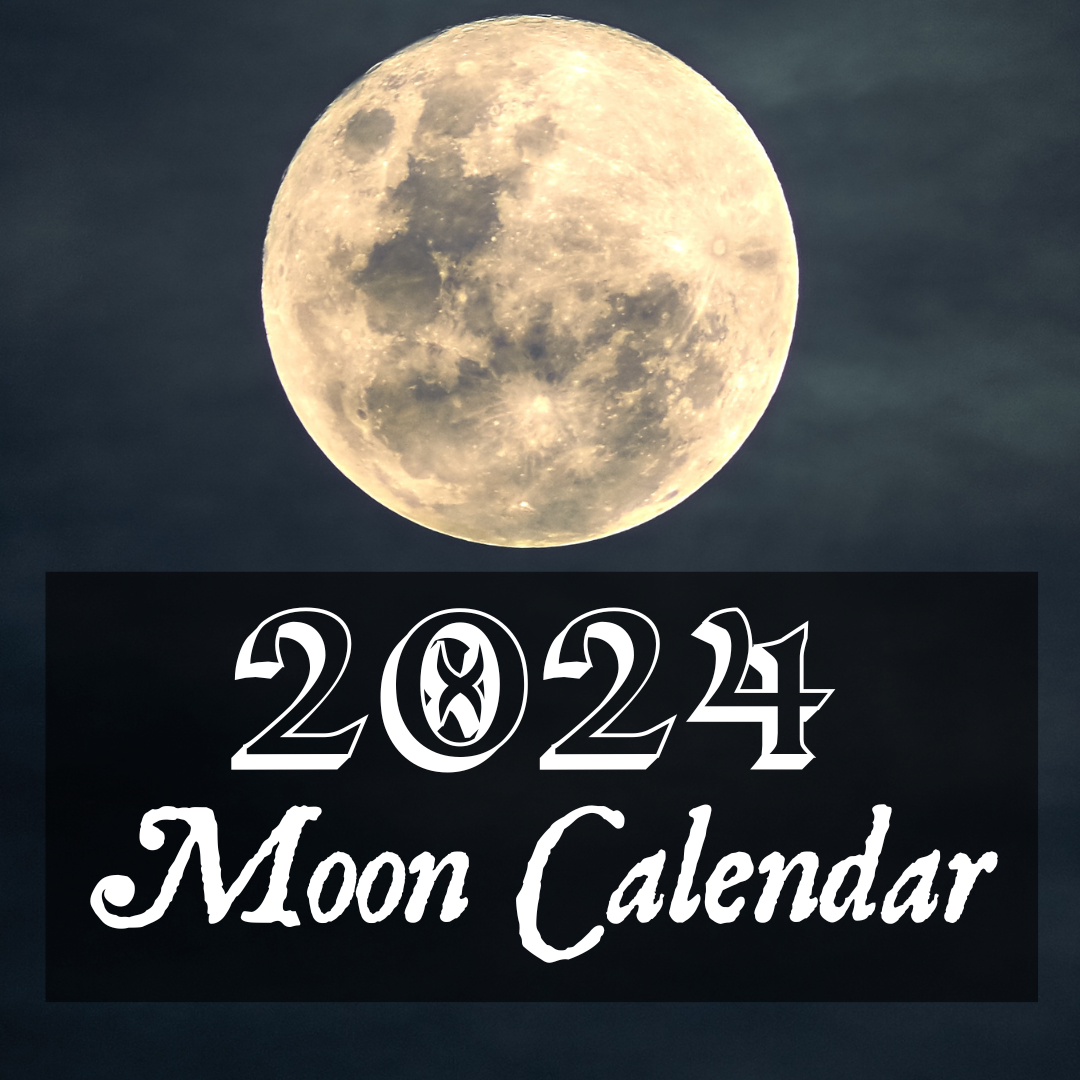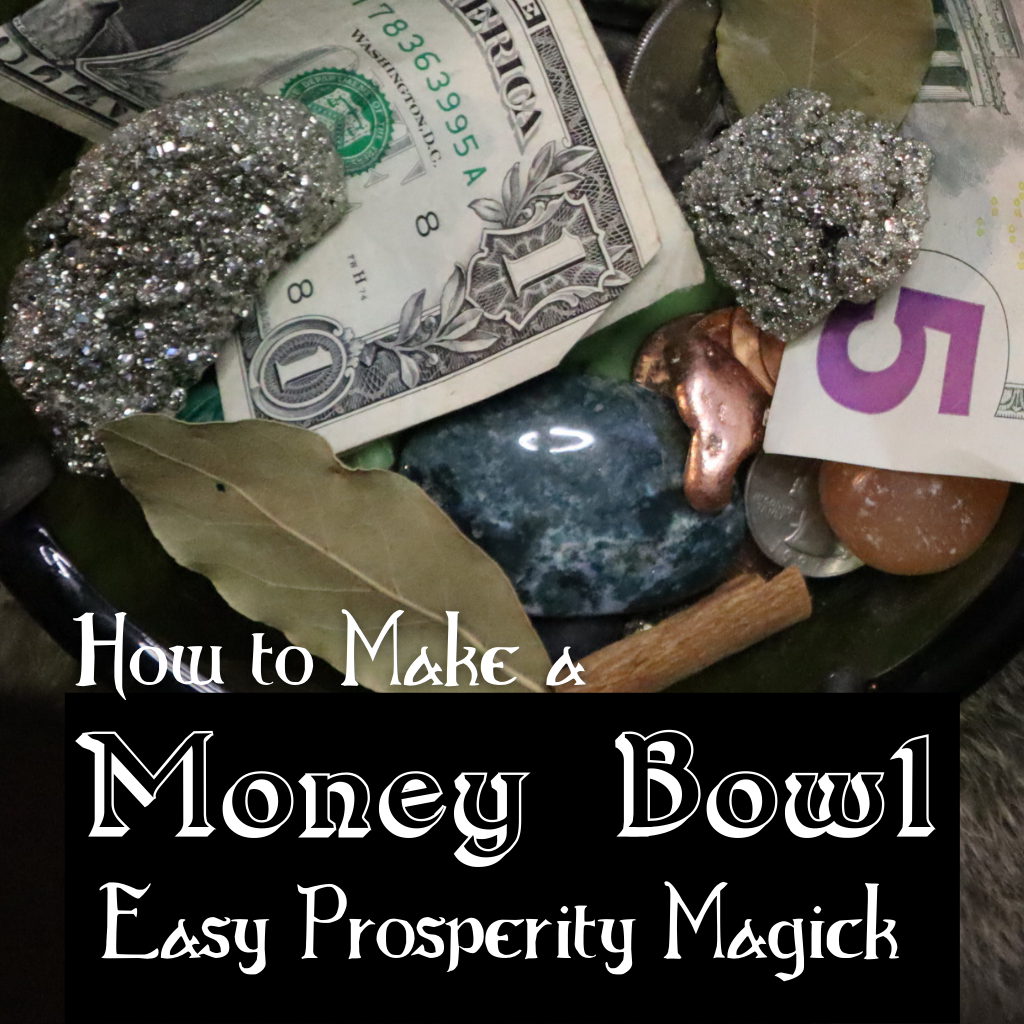Learn about the history of cats and witches. From the folklore, mythology, and superstitions, to how they are used in modern magical practices around the globe.
This post may contain affiliate links and I may earn a small commission when you click on the links at no additional cost to you! Thank you in advance for helping to support the site!
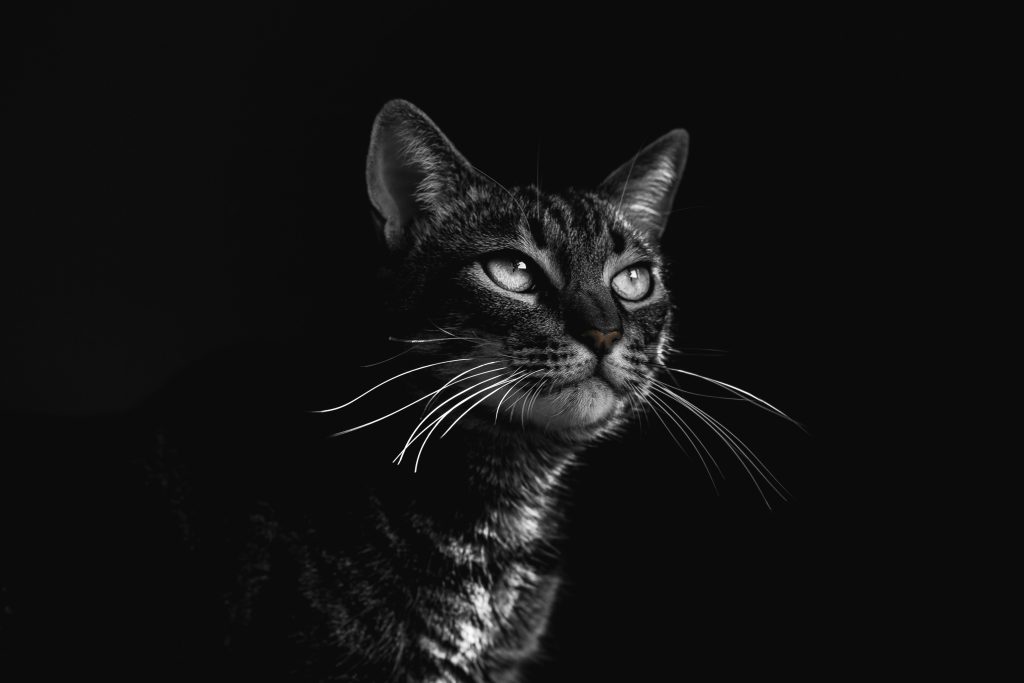
A Familiar Feline...
Today, cats are one of the most popular pets in the world, with an estimated 600 million living in homes across the globe. Whether they’re cuddling on our laps or catching mice in our barns, cats have been an important part of human history, and spirituality, for thousands of years. For years now, witches and cats have been linked together in popular culture. From Sabrina & Salem, Kiki & Jiji, even Professor McGonagall who transforms herself into a cat; witches and cats are found together in all sorts of media. It’s nearly impossible to go into a store during October and not see a Witch & Cat together in some sort of artwork or décor; but how did this relationship begin?
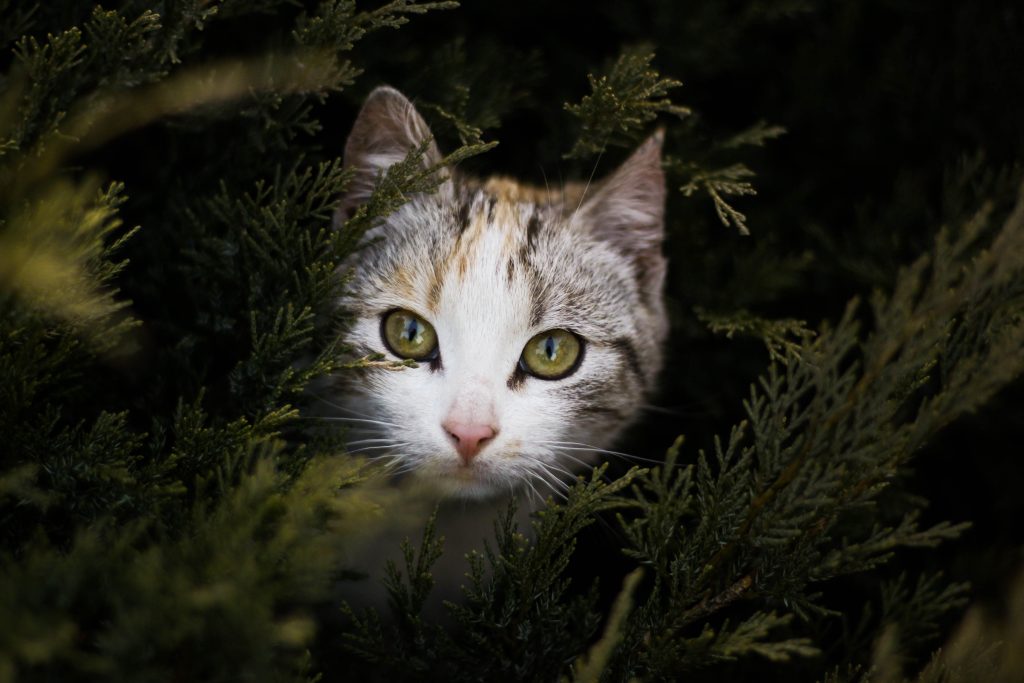
A Magical History of Cats
The domestication of the cat is a subject of much debate and research, but most scholars agree that it began around 10,000 years ago in the Fertile Crescent, a region that includes modern-day Iraq, Kuwait, and parts of Iran, Turkey, and Syria. Archaeological evidence suggests that cats may have initially been attracted to human settlements due to the presence of rodents, which were attracted to the grain stores that early humans kept.
Over time, cats began to live in close proximity to humans and were likely tolerated because of their ability to control the rodent population. As they became more accustomed to humans, they may have started to develop social bonds with people, and humans may have started to feed and care for them. The first evidence of cats being deliberately buried with humans dates back to around 7500 BCE, which suggests that cats were already being viewed as more than just helpful pest controllers. The first culture believed to fully domesticate the cat is Ancient Egypt, whose people not only worshipped cats but also mummified them after death.
The belief that cats can see spirits or other supernatural entities is a common one in many cultures. In some cases, cats are even seen as messengers between the living and the dead. One possible reason for this belief may be the cat’s keen senses; cats have excellent vision, hearing, and sense of smell, which allows them to detect things that humans cannot. Felines are also known for their acute intuition and ability to sense danger, which may contribute to the belief that they are attuned to the spiritual world.
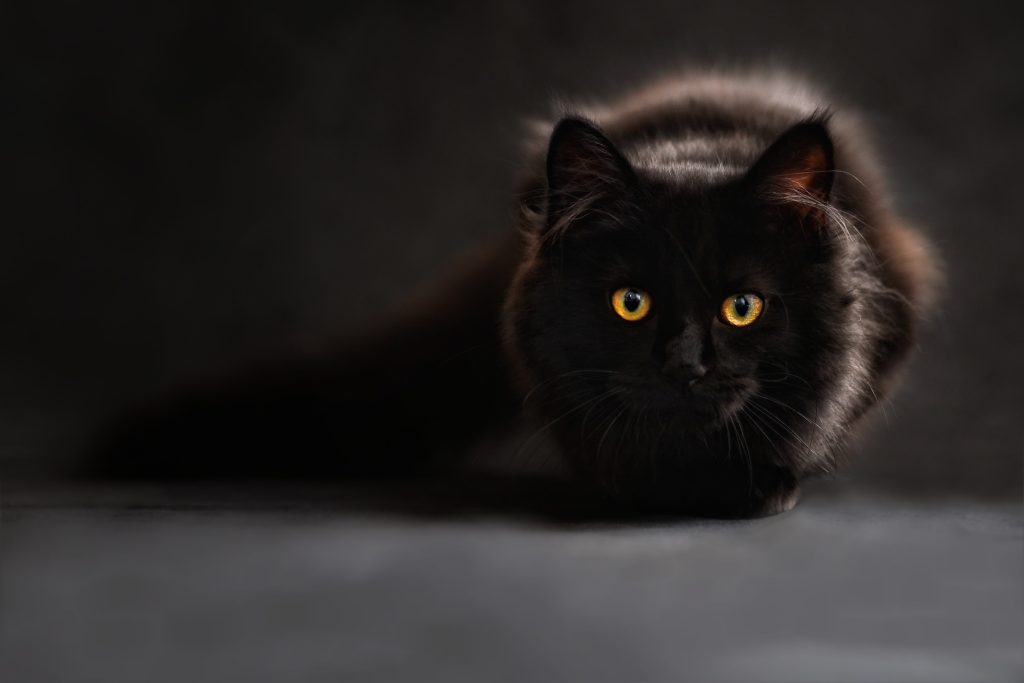
Cats in Myth & Folklore
In Nordic mythology, the goddess Freyja was often depicted with her two cats, who were said to pull her chariot. These cats were seen as protectors and guardians, and were believed to bring good luck to their owner. In fact, it was thought that if a cat sat on a bed or other piece of furniture, it would protect the person sleeping there from harm.
Similarly, in Celtic mythology, cats were also seen as protectors and bringers of good luck. The goddess Brigid was often associated with cats, and it was believed that cats had the power to ward off evil spirits and protect their owners from harm. In fact, some Celtic people believed that a black cat entering a house was a sign of good luck and prosperity.
Ancient Egyptians , revered cats as sacred animals as they were associated with the goddess Bastet. Cats were believed to have protective powers, and were often kept as pets and used to ward off snakes and other pests.
In Japanese folklore, the bakeneko is a type of cat that can transform into a human and is often associated with witchcraft and the ability to cause mischief. The nekomata is another mythical cat creature in Japanese folklore that is believed to have supernatural powers.
The prophet Mohammed was said to have had a pet cat named Muezza, who was believed to be able to speak and possess magical powers.
The Yule Cat is a creature from Icelandic folklore that is said to prowl the countryside during the Christmas season, seeking out those who have not received new clothes to wear before Christmas Eve.
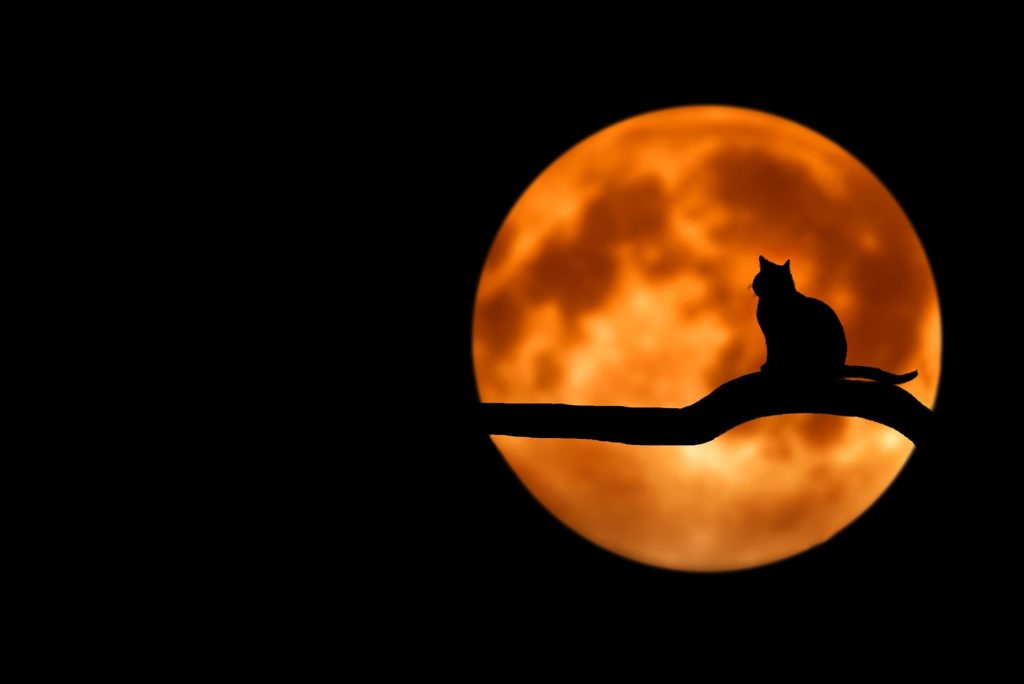
Cats as the Witch's Familiar
The history of witches dates back to ancient times, with the first known witch trials occurring in Ancient Greece in the 5th century BCE. However, it wasn’t until the Middle Ages and Early Modern period that witchcraft became a major concern in Europe. During this time, the Catholic Church was influential in spreading the belief that witches were in league with the devil and engaged in various nefarious activities, including consorting with familiars or animal companions.
It was during this period that cats began to be associated with witches. Cats, as we discussed previously, had long been viewed with suspicion due to their nocturnal nature and ability to see in the dark, which was seen as a sign of their supernatural powers. Whether witches, cunning people, or other magical practitioners kept these animals around for their spiritual prowess, or just their usefulness as a rodent hunter is still debated but many experts believe the answer is simply, for both.
The link between cats and witchcraft was solidified in the popular imagination during the witch hunts of the 16th and 17th centuries. Many women accused of witchcraft were found to have cats as their companions, and it was believed that these cats were familiars – demonic spirits that took on the form of animals to aid witches in their evil deeds. This belief led to the widespread killing of cats, as they were seen as a symbol of witchcraft and evil.
The Black Plague & the War on Cats
In the 13th century, the Catholic Church was becoming increasingly powerful and influential across the continent, and Pope Gregory IX, who led the Church from 1227 to 1241, was at the forefront of this movement. One of the ways that the Church exerted its power was by trying to stamp out what it saw as “pagan” or “heretical” practices. Unfortunately, one of these practices happened to be the veneration of cats, which was widespread in many cultures at the time. The Pope issued an official papal decree, known as the Vox in Rama, during June of 1233 as a response to a Grand Inquisitor (Conrad of Marburg) ‘s reports of Satanic Cults in the area. It was not only reported that the cultists were using cats in their infernal rituals, but also that their version of the devil was a half-cat/half-man figure. While the intent of this decree was more to target the cult and the dangers of Satanism, the side-effect was incurring a hatred towards the harmless feline friend. With black cats being the most targeted, it is debated that this persecution led to rodent populations growing and therefore allowing diseases, such as the infamous Black Death or Bubonic Plague, to spread.
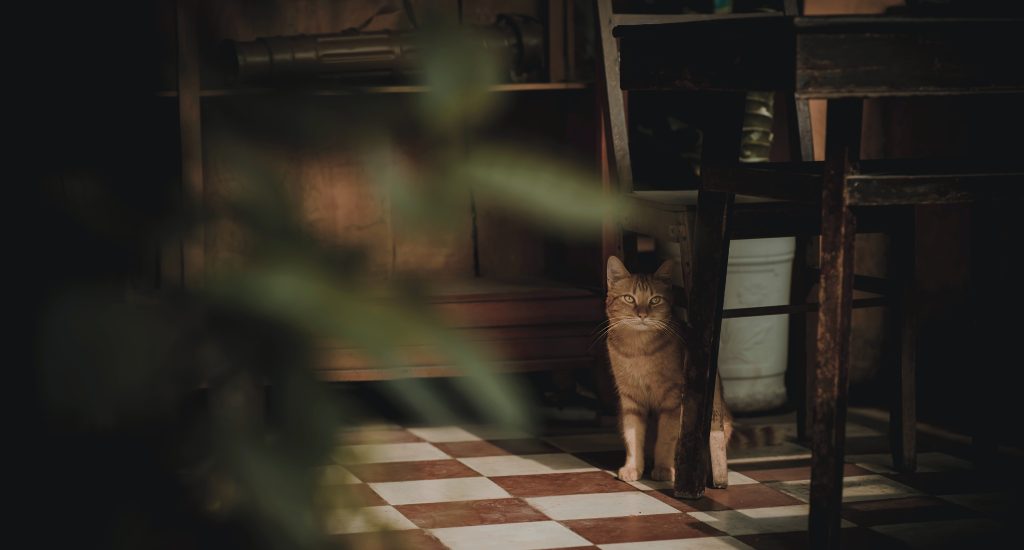
Cats in Modern Witchcraft
Cats are a powerful symbol in today’s modern witchcraft & spiritual practices, while luckily (and hopefully) no one is sacrificing them or boiling them for their bones anymore, they are commonly included in more beneficent ways.
Deities Associated with Cats
- Bastet
- Dionysus
- Freyja
- Li Shou
- Mafdet
- Maneki-Neko
- Ocelotl
- Ovinnik
- Palden Lhamo
- Pussa
- Sekhmet
- Skadi
- Tefnut
- Yama-no-Kami
Cat Dream Symbolism
-
- Cats are known for their independent nature, so seeing a cat in your dream may indicate a desire for more freedom and self-sufficiency in your waking life.
-
- May represent an upcoming period of abundance and success.
-
- Sign that you need to trust your intuition and rely on your own senses to navigate a situation in your waking life.
- Depending on the context of the dream, seeing a cat may also represent fear or uncertainty.
General Cat Correspondences
- Luck
- Intuition
- Protection
- Abundance
- Independence
- Freedom
- Self-Sufficiency
- Psychic Ability
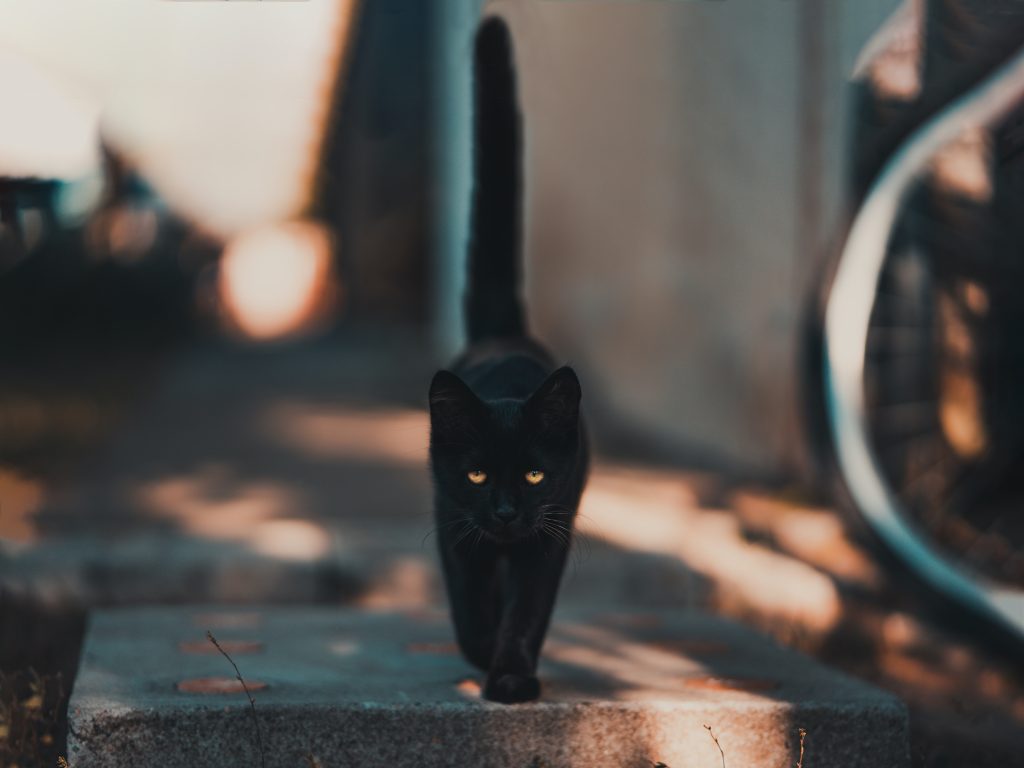
Modern Cat Superstitions
Cats are still heavily associated with luck in today’s modern society. Below are 10 modern superstitions involving cats, have you heard of these? Are there any you know of not on this list? Let us know in the comments!
- If a black cat crosses your path, it is considered bad luck.
- Seeing a white cat can bring good luck.
- When a cat washes behind its ears, it is said to be a sign of rain.
- If a cat sneezes, it is believed to be a sign of good luck.
- A cat sleeping with all four paws tucked under is said to be a sign of cold weather coming.
- If a cat stares at something intently, it is believed to be seeing spirits or ghosts.
- When a cat licks its fur against the grain, it is believed to mean that a storm is coming.
- If a cat hisses at a person for no apparent reason, it is believed to be a sign of bad luck.
- If a cat brings a dead bird or mouse to your doorstep, it is believed to be a gift of good luck.
- When a cat suddenly starts grooming itself, it is believed to be a sign of an unexpected visitor.
Pin it for Later
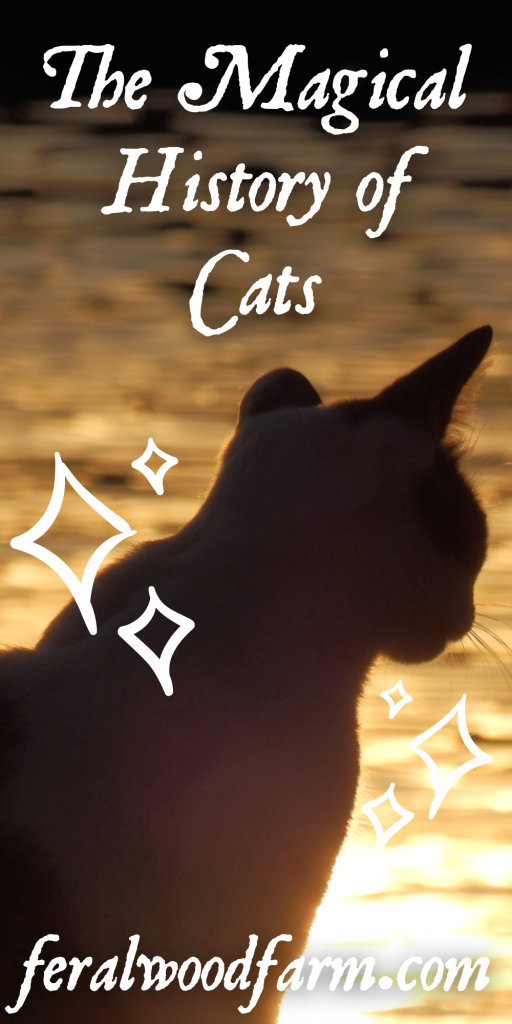
Sources
-
- Early taming of the cat in Cyprus. J.D. Vigne
-
- The Near Eastern origin of cat domestication. Carlos A Driscoll
-
- From wild animals to domestic pets, an evolutionary view of domestication. Carlos A Driscoll
-
- The Domestic Cat: The Biology of its Behaviour by Dennis C. Turner & Patrick Bateson
-
- The Tiger in the House: A Cultural History of the Cat by Carl Van Vechten
